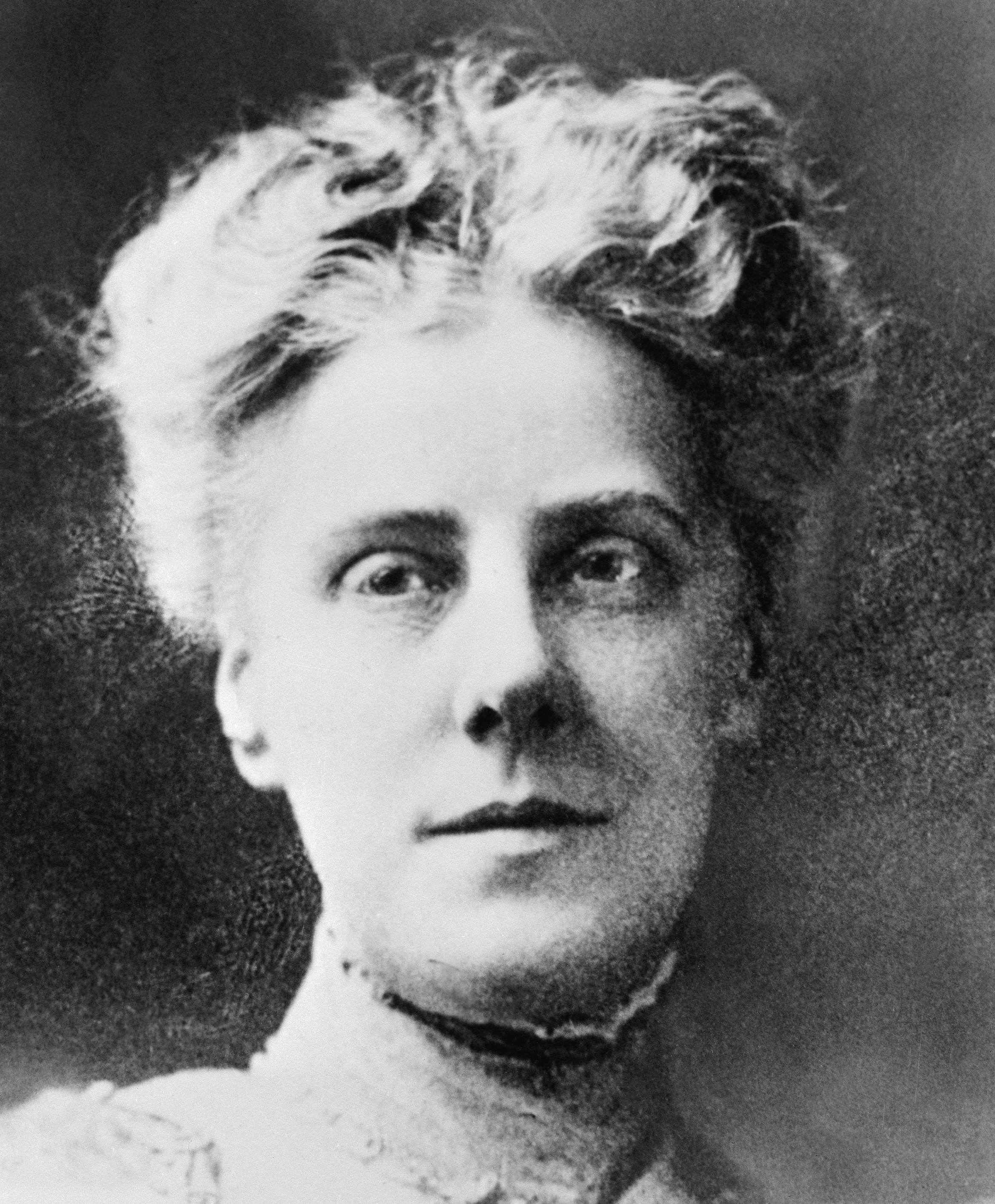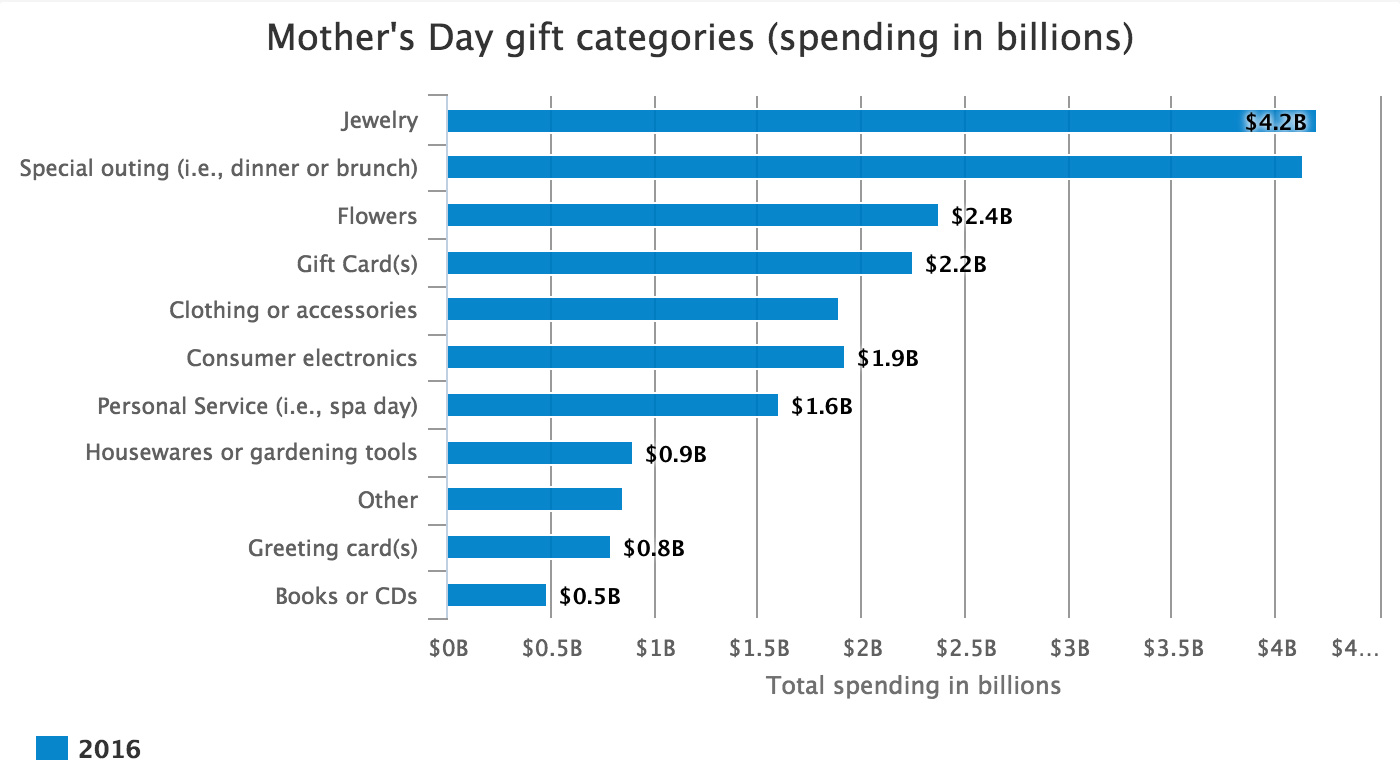Capitalism knows no bounds. Nothings is off limits. Nothing is sacred. Anything can be exploited, including the love one feels for their mom. I absolutely feel mothers should be celebrated, but I also feel every day is Mother's Day. I don't necessary care for the commercial aspect of the holiday as it compels people to spend on this day more than any other. But hey. People can do whatever flips their skirt up.
Or Mom's.
I'm personally much more in favor of a "Mother's Peace Day" but that one didn't win out.
This lady's story seems like an episode of Seinfeld.
-WTS.
Anna Jarvis (below) mothered Mother's Day a century ago. To see what her baby grew into would break her heart.
 |
| Anna Reeves Jarvis |
Mother’s Day is a holiday honoring motherhood that is observed in different forms throughout the world. The American incarnation of Mother’s Day was created by Jarvis in 1908 and became an official U.S. holiday in 1914. Jarvis would later denounce the holiday’s commercialization and spent the latter part of her life trying to remove it from the calendar. Jarvis despised attempts to commercialize the "holy day" that she launched in memory of her mother, Ann. She fought tenaciously until her death to shield Mother's Day from "the hordes of money-schemers" that were hawking flowers, cards and candy.
Jarvis "is probably spinning in her grave," said Katharine Antolini, a board member and historian for the International Mother's Day Shrine in Grafton, West VA where the first celebration took place. "What we have today," said Antolini, "is not what Anna wanted." Not even close. Jarvis envisioned a day marked by hymns and prayers. She called for intimate family gatherings to "revive the dormant love and filial gratitude we owe to those who gave us birth." She wanted the focus and attention on a mother's devotion and sacrifice. It didn't take long, however, before some merchant got the idea of tossing up a SALE sign.
MOTHER’S DAY: EARLY INCARNATIONS
The roots of the modern American Mother’s Day date back to the 1800s. In the years before the Civil War (1861-65), Jarvis helped start “Mothers’ Day Work Clubs” to teach local women how to properly care for their children. These clubs later became a unifying force in a region of the country still divided over the Civil War. In 1868 Jarvis organized “Mothers’ Friendship Day,” at which mothers gathered with former Union and Confederate soldiers to promote reconciliation.
Another precursor to Mother’s Day came from the abolitionist and suffragette Julia Ward Howe. In 1870 Howe wrote the “Mother’s Day Proclamation,” a call to action that asked mothers to unite in promoting world peace. In 1873 Howe campaigned for a “Mother’s Peace Day” to be celebrated every June 2. Other early Mother’s Day pioneers include Juliet Calhoun Blakely, a temperance activist who inspired a local Mother’s Day in Albion, Michigan, in the 1870s. The duo of Mary Towles Sasseen and Frank Hering, meanwhile, both worked to organize a Mothers’ Day in the late 19th and early 20th centuries. Some have even called Hering “the father of Mothers’ Day.”
THE OFFICIAL MOTHER’S DAY
Following her mother’s death in 1905, Anna conceived of Mother’s Day as a way of honoring the sacrifices mothers made for their children. After gaining financial backing from a Philadelphia department store owner named John Wanamaker, in May 1908 she organized the first official Mother’s Day celebration. That same day also saw thousands of people attend a Mother’s Day event at one of Wanamaker’s retail stores in Philadelphia.
 Following the success of her first Mother’s Day, Jarvis—who remained unmarried and childless her whole life—resolved to see her holiday added to the national calendar. Arguing that American holidays were biased toward male achievements, she started a massive letter writing campaign to newspapers and prominent politicians urging the adoption of a special day honoring motherhood. By 1912 many states, towns and churches had adopted Mother’s Day as an annual holiday. Her persistence paid off in 1914 when President Woodrow Wilson signed a measure officially establishing the second Sunday in May as Mother’s Day.
Following the success of her first Mother’s Day, Jarvis—who remained unmarried and childless her whole life—resolved to see her holiday added to the national calendar. Arguing that American holidays were biased toward male achievements, she started a massive letter writing campaign to newspapers and prominent politicians urging the adoption of a special day honoring motherhood. By 1912 many states, towns and churches had adopted Mother’s Day as an annual holiday. Her persistence paid off in 1914 when President Woodrow Wilson signed a measure officially establishing the second Sunday in May as Mother’s Day.
Jarvis' Mother’s Day involved wearing a white carnation as a badge and visiting one’s mother or attending church services. But once Mother’s Day became a national holiday, it was not long before florists, card companies and other merchants capitalized on its popularity.
While Jarvis had initially worked with the floral industry to help raise Mother’s Day’s profile, by 1920 she had become disgusted with how the holiday had been commercialized. Jarvis seethed at what she perceived as corruption of the day. She was tenacious, if not "a little bizarre," in her efforts to ward off profiteers, Antolini said. In 1923, for instance, the New York Times reported that Jarvis crashed a confectioners' convention to issue demands. But, hard as she tried, she could not stop the cash registers from ringing. . . and ringing . . . and ringing. She outwardly denounced the transformation and urged people to stop buying Mother’s Day flowers, cards and candies. Jarvis eventually resorted to an open campaign against Mother’s Day profiteers, speaking out against confectioners, florists and even charities. She also launched countless lawsuits against groups that had used the name “Mother’s Day,” eventually spending most of her personal wealth in legal fees. By the time of her death Jarvis had disowned the holiday altogether, and even actively lobbied the government to see it removed from the American calendar.
Jarvis -- who never had a child of her own -- died bitter and destitute in 1948, her last days spent in a sanitarium.
Legend has it that florists, forever thankful for what Jarvis created, paid for her care. After all, one never forgets.
WTS.


No comments:
Post a Comment